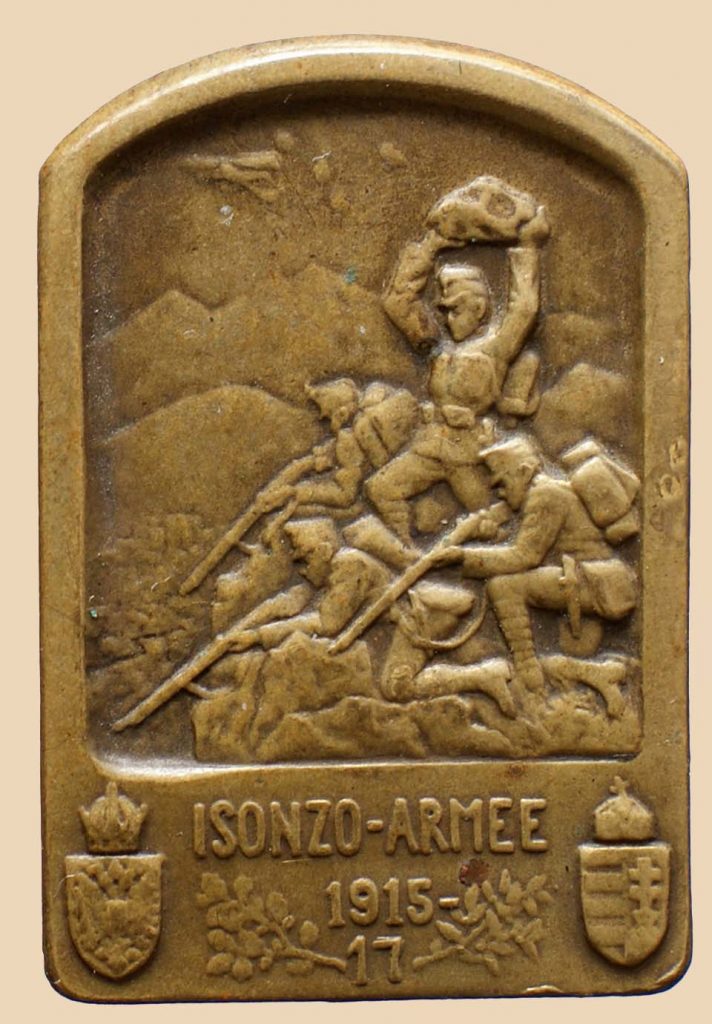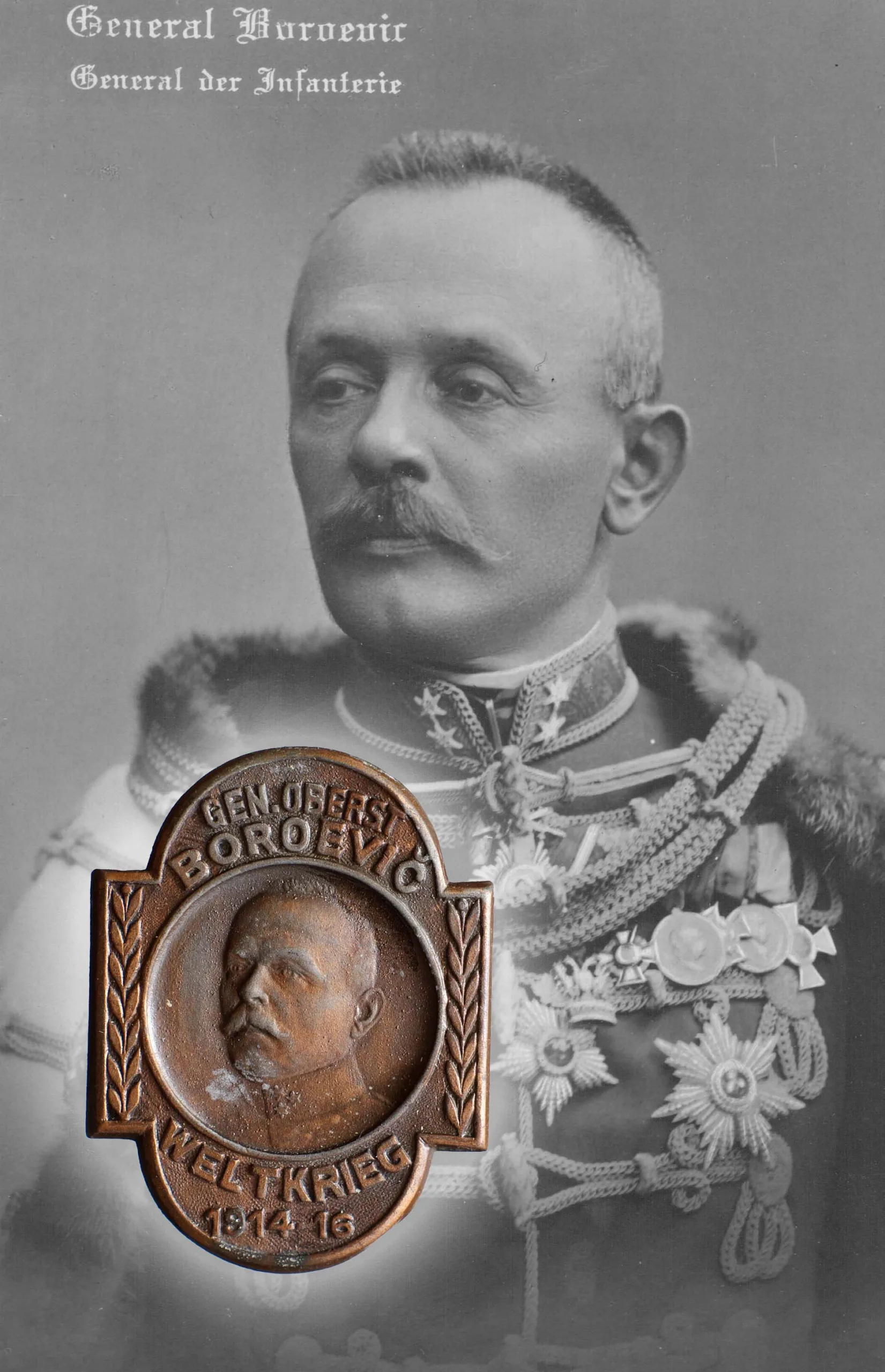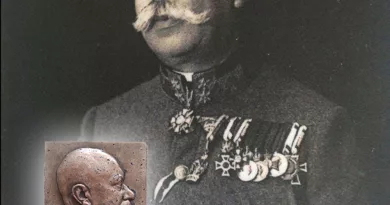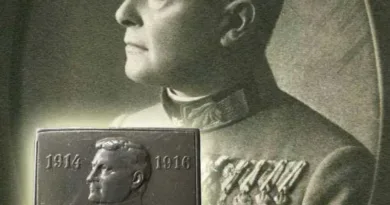Field marshal Svetozar Boroevic
Svetozar Boroević was born in 1856 in Umetic, Croatia. In 1875, he was appointed lieutenant and was assigned to the Croatian home defence (domobran) armed forces. At that time the second tier armed force, which was Landwehr in Austria, Honvéd in the Hungarian Kingdom with Hungarian command language, also the Croatian domobrani used their mother tongue. Before the Great War, he was commander of the 42st (Croatian) Army Division (domobranska divizija).

At the time of the outbreak of the war he was commander of the VI. Corps. As a corps commander, he participated in the defense of the Carpathians in the winter battle of 1914-15. In May 1915, immediately after the Italian attack, the ruler appointed him commander-in-chief of the Isonzo section of the South-Western Front. His 5th Army deployed here was later renamed the Isonzo Army.

Boroevic achieved his most prominent military merits as commander of the Isonzo Army. Between 1915 and 1917, he managed to maintain defensive lines in 11 Isonzo battles with minimal territorial losses. For his merits, he was awarded the highest military honor of the Monarchy, the Knight’s Cross of the Military Maria-Theresa Order. His contemporaries called him the “Knight of Isonzo”, “Lion of Isonzo”. In 1917, he was appointed commander of the entire South-West Front. In this capacity, he participated in the 12th Battle of Isonzo, in which the Austro-Hungarian and German troops broke through the Italian defensive lines, and although they could not beat the enemy for good, they pushed it back more than 100 kilometers to the Piave River.

In February 1918, he was promoted to field marshal. In 1918, he was commander of the South-West Front, both during the failed Piave offensive in June and during the great Italian attack in October, the success of which sealed the fate of the Monarchy. After the war, Boroevic wanted to offer his services to an independent Croatia. However, after the creation of Yugoslavia, he moved to Austria instead. He died in Klagenfurt in 1920 (believed due to a Spanish flu infection). His tomb is located in the central cemetery of Vienna.




